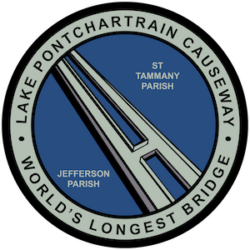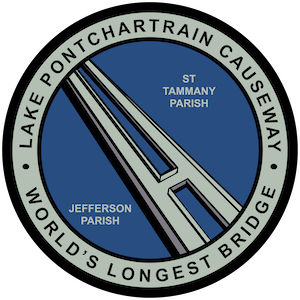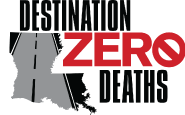Wednesday, June 15, 2022
58% OF THOSE KILLED DURING THE NIGHTTIME IN 2020 WERE UNRESTRAINED
Of the 23,824 passenger vehicle occupants killed in 2020, 51% were not wearing seat belts — a 4% increase from 2019.
Seat belts saved an estimated 14,955 lives and could have saved an additional 2,549 people if they had been wearing seat belts, in 2017 alone.
The consequences of not wearing, or improperly wearing, a seat belt are clear:
SEAT BELT USE
- Buckling up helps keep you safe and secure inside your vehicle, whereas not buckling up can result in being totally ejected from the vehicle in a crash, which is almost always deadly.
- Airbags are not enough to protect you; in fact, the force of an airbag can seriously injure or even kill you if you’re not buckled up.
- Improperly wearing a seat belt, such as putting the strap below your arm, puts you and your children at risk in a crash.
The benefits of buckling up are equally clear:
- If you buckle up in the front seat of a passenger car, you can reduce your risk of:
- Fatal injury by 45%
- Moderate to critical injury by 50%
- If you buckle up in a light truck, you can reduce your risk of:
- Fatal injury by 60%
Seat Belt Safety for Adults
- Buckling up is the single most effective thing you can do to protect yourself in a crash
Seat belts are the best defense against impaired, aggressive, and distracted drivers. Being buckled up during a crash helps keep you safe and secure inside your vehicle; being completely ejected from a vehicle is almost always deadly.
- Airbags are designed to work with seat belts, not replace them
If you don’t wear your seat belt, you could be thrown into a rapidly opening frontal airbag. Such force could injure or even kill you.
- Guidelines to buckle up safely
- The lap belt and shoulder belt are secured across the pelvis and rib cage, which are better able to withstand crash forces than other parts of your body.
- Place the shoulder belt across the middle of your chest and away from your neck.
- The lap belt rests across your hips, not your stomach.
- NEVER put the shoulder belt behind your back or under an arm.
- Fit matters
- Before you buy a new car, check to see that its seat belts are a good fit for you.
- Ask your dealer about seat belt adjusters, which can help you get the best fit.
- If you need a roomier belt, contact your vehicle manufacturer to obtain seat belt extenders.
- If you drive an older or classic car with lap belts only, check with your vehicle manufacturer about how to retrofit your car with today’s safer lap/shoulder belts
Seat Belt Safety for children
- Children under 2 must ride in rear-facing child safety seats.
- Children ages 2-4 must ride in a forward-facing seat with an internal harness if they have outgrown a rear-facing seat.
- Children ages 4-9 must ride in a booster seat secured with a lap/shoulder belt.
- Children ages 9-12 can ride without a booster seat if their knees bend over the front edge of the seat, their back is against the seat back and the seat belt crosses their chest and not their neck.
- Any child under the age of 13 must be in a rear seat when available.



